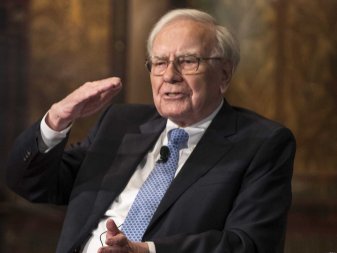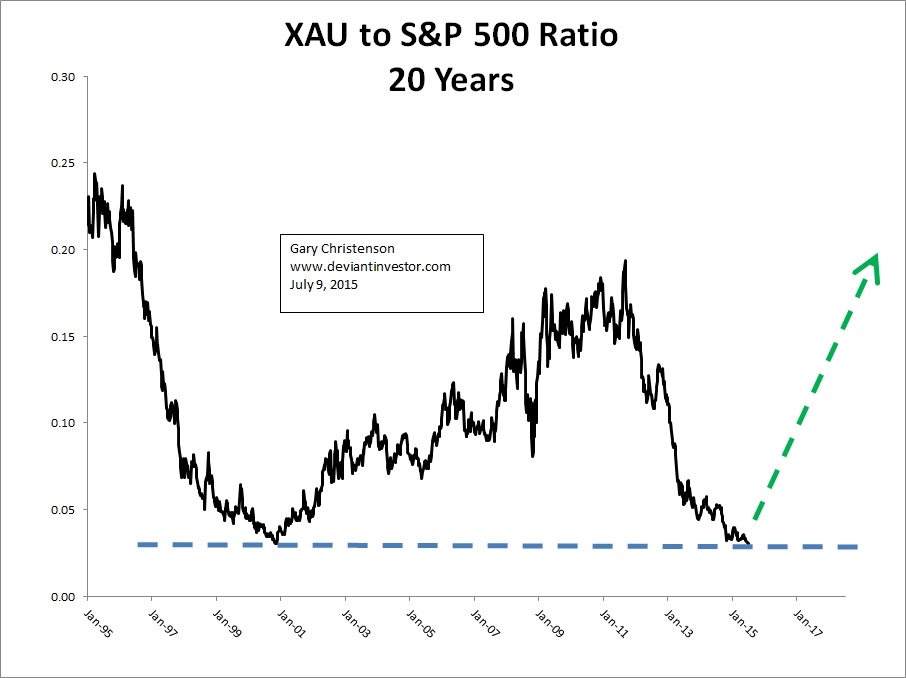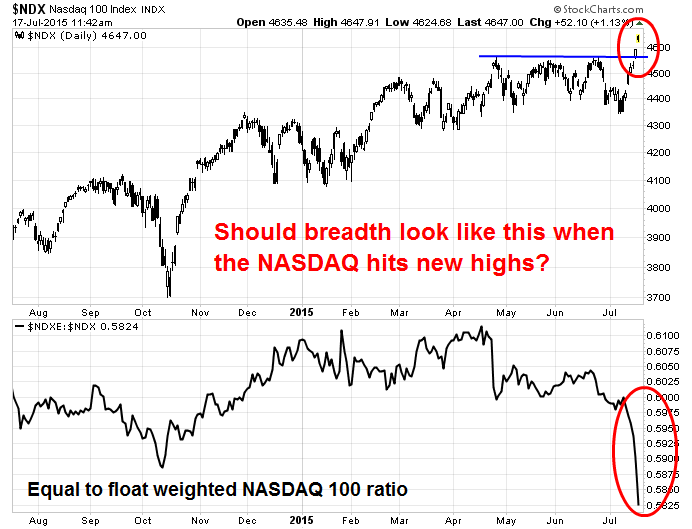Pitching an investment idea is the life-blood of Wall Street analysts —whether at money management firms and investment banks or with CEOs to potential investors. Those who do it well win, and win big. Sonkin and Johnson teach professional analysts, sophisticated private investors and ambitious young analysts how to uncover the perfect investment and pitch it to critical decision makers, to advance their careers and increase their wealth.
No other book like this one exists. There are plenty of books that focus on investment strategy, company analysis and critical thinking. Yet, there is no book that combines investment analysis with persuasion and sales – in Wall Street vernacular—pitching. In our increasingly competitive world, being able to pitch your idea is becoming as critical as being able to find and analyze great investment opportunities. It is imperative to get clients or superiors to take action on your ideas. The teaching of this skill is sorely lacking on Wall Street. Pitching the Perfect Investment will present a two-step process: 1) finding the perfect investment; and 2) crafting the perfect pitch. The book will show that to be successful the reader will require two very different skill sets: the first is investment analysis and decision making; and, the second is persuasion and sales.
Pitching the Perfect Investment presents world-class insights into search strategy, data collection and research, securities analysis, risk assessment and management, combined with the use of critical thinking, to uncover the perfect opportunity for professional analysts, sophisticated private investors and ambitious young analysts as well as mergers and acquisition specialists advising clients, financial consultants and corporate financial analysis teams. Pitching draws from the disciplines of psychology, argumentation and informal logic. It instructs the investor analysts of all types how to craft this perfect investment into the perfect pitch. Pitching an investment is an essential skill to securing and then excelling at your job on Wall Street.
This is an essential skill for the ambitious young investment analyst looking to begin a career on Wall Street as well as the seasoned veteran discussing an idea on CNBC, and every investor in-between.
Aspiring analysts should be aware of this book, but I am not recommending since I have not read it. Common-sense writing helps. Clearly state your thesis then provide supporting facts and risks. Done. But if you can’t state your case to a child in less than a paragraph, then go back to your desk.
For example, Navigator Holdsings (NVGS) has a dominant position in handy-size petrochemical transportation and it trades at 55% of net asset value, its balance sheet and flexible fleet allows it to be profitable despite a perfect storm in the LPG shipping market. One of the most famous value investors, Wilbur Ross bought into NVGS at an average price of $8.73 over three years ago for a 50% stake. NVGS is now 20% below that price. The current lows in freight rates due to A, B, C are unsustainable due to 1, 2, 3, therefore normalized rates will mean much higher values. Timing is, of course, uncertain, but there are considerations for building more US ethylene plants for export. NVGS has the dominant position for transporting that product which requires special handling (super low temperatures and pressure). Price is about 50% below asset value and earnings power value.
Probably too long-winded, but you get the point.
















